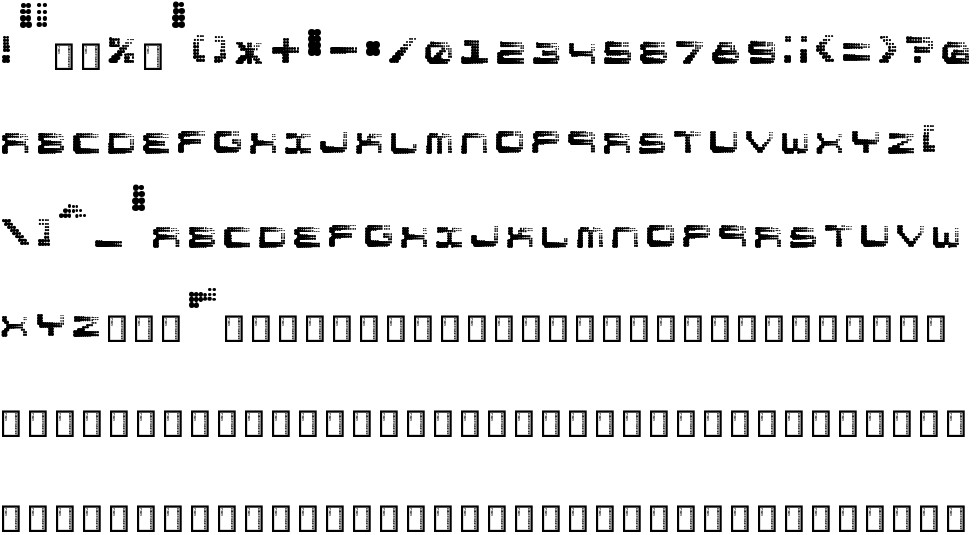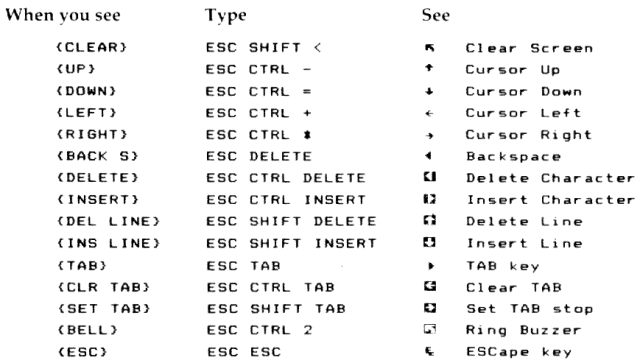

The Mirror Cipher is another ancient cypher, a simple letter substitution, originally used to encode messages in Hebrew. So in the 2-shift example, the letter A would become 3, B is 4 etc. You give each letter of the alphabet a number, and then perform the shift. It looks more complicated, but it's the same in essence.
#Shifted alphabet code how to#
There will often be a clue somewhere to give a hint as to how to crack the cypher – references to movement or rotation etc, or perhaps to Caesar himself. Another way to identify this cypher is to take a short section of the coded message and try shifting the letters up or down a few different alphabet places - if recognisable words suddenly appear then you have a Shift Cypher on your hands.Ī number cipher is often a variation of a Shift cipher. And towards the end of the alphabet, the cypher ‘wraps around’ – so with the 2-shift example, the letter Y becomes A, and Z is B. So if the required shift is 2 then the letter A would become C, B becomes D, C is E etc. It is a simple substitution cypher where each letter of the alphabet is ‘shifted’ by a certain amount. Allegedly invented by Julius Caesar, it is sometimes referred to as the Caesar Cypher.

This cypher is one of the earliest known encryption methods.

A few of these methods are outlined below, but first we'll take a look at some simple cyphers… Our investigators deploy a variety of methods to unlock the contents of secret messages. What most people call codes are actually cyphers.) (There is a difference between the two – technically a ‘code’ replaces whole words with symbols, whilst a ‘cypher’ replaces individual letters with other letters or numbers. Our investigations will often involve decoding secret messages - cracking codes or breaking cyphers. THE EXTRAORDINARY INVESTIGATIONS UNIT Unravelling conundrums since 1910


 0 kommentar(er)
0 kommentar(er)
